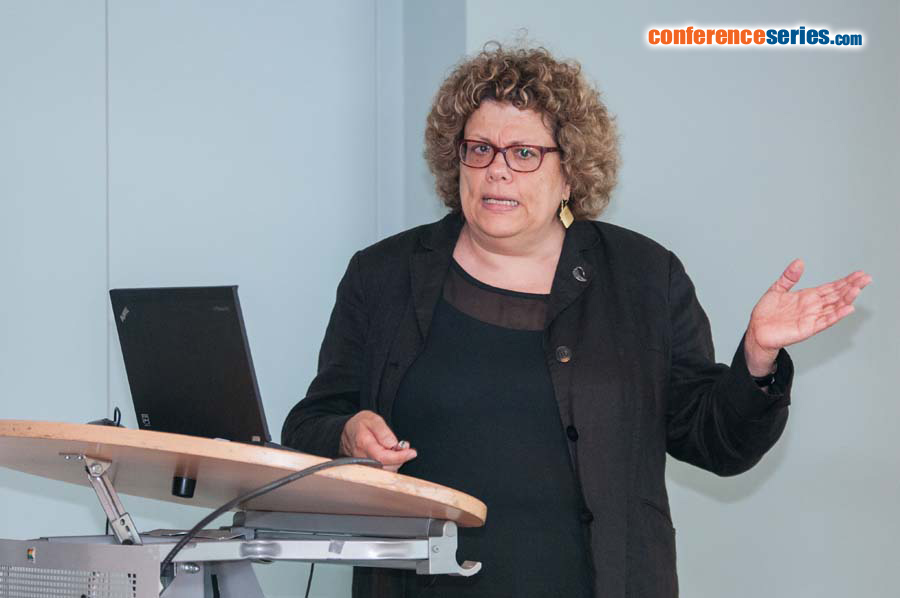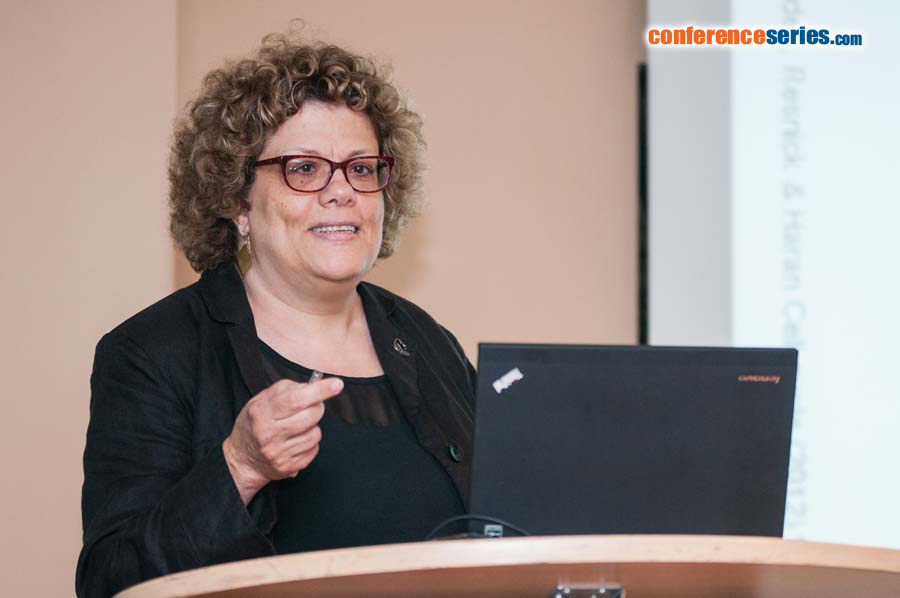Tali E Haran
Technion-Israel Institute of Technology, Israel
Title: The relationship between the structural properties of p53 binding sites and p53-dependent gene expression
Biography
Biography: Tali E Haran
Abstract
The tumor suppressor protein is a central hub protein in human cells. In response to stress, it functions mainly as a transcription factor (TF), binding to more than 200 response elements (REs), activating and repressing adjacent genes. The REs are made of two sequence-specific half-sites, separated by a variable number of base pairs. It is currently unclear how p53 chooses its target sites, however, p53 multi-functional activities are directly linked to its ability to function as a sequence-specific TF. It is now well appreciated that the intrinsic physical properties of the DNA double helix can affect binding of TFs and transactivation of adjacent genes. We have previously shown that DNA structure and flexibility vary among p53 REs, affecting their binding characteristics. We carried out experimental measurements of global structure and flexibility properties of p53 REs using cyclization kinetics of DNA minicircles, together with binding studies and transactivation assays in yeast and human cells. We propose that functional selectivity is conferred at least in part through p53/DNA binding and that differential structural characteristic of p53 REs play a role in this selectivity. I will present recent experimental results showing how p53 uses the structural properties of its binding sites to differentiate between functional classes of p53 REs, that p53 REs are allosteric effectors of p53 transactivation and the novel role of the spacer sequences in these interactions. These recent findings reveal how non-canonical sites, such as half-sites can be functional and hence expand the “universe” of p53 binding sites.




